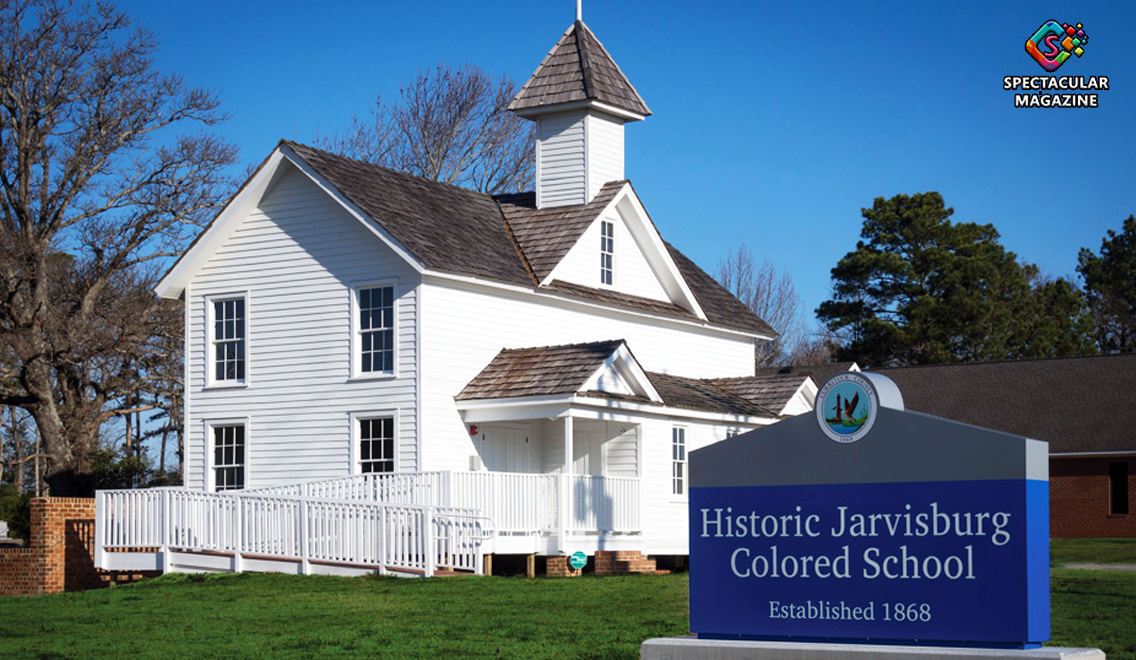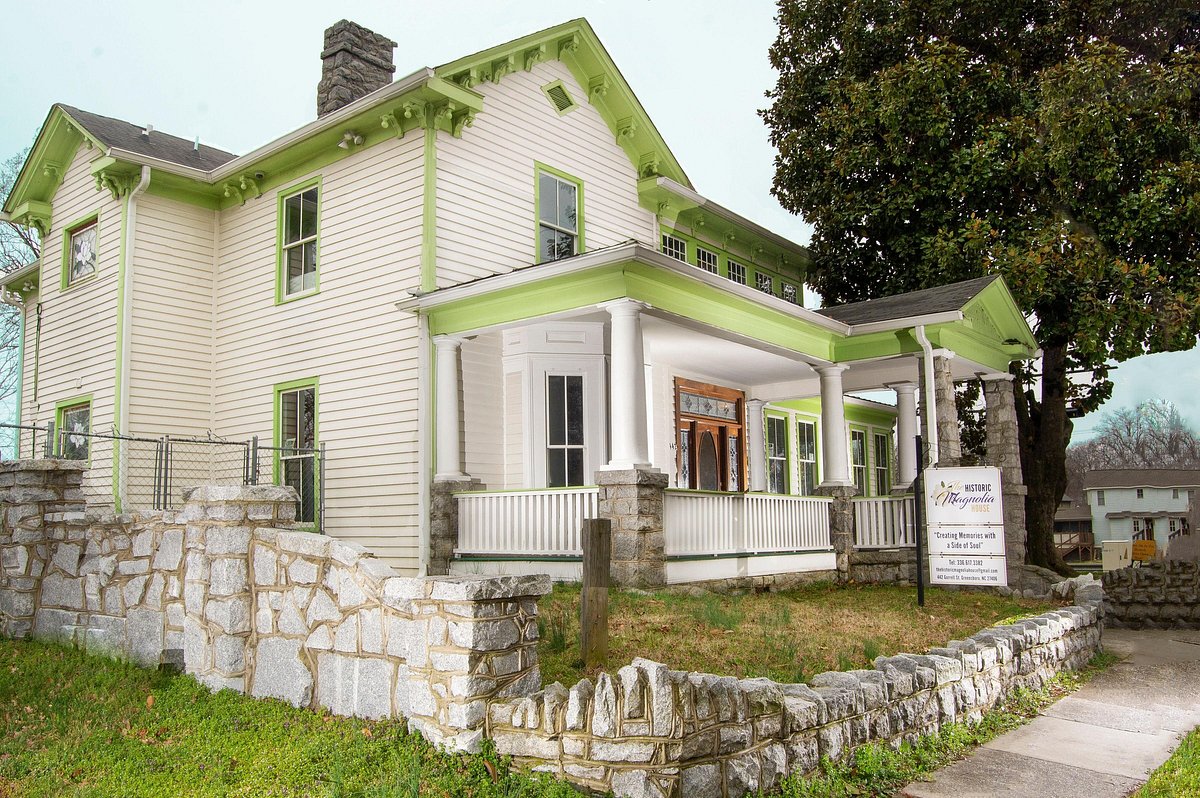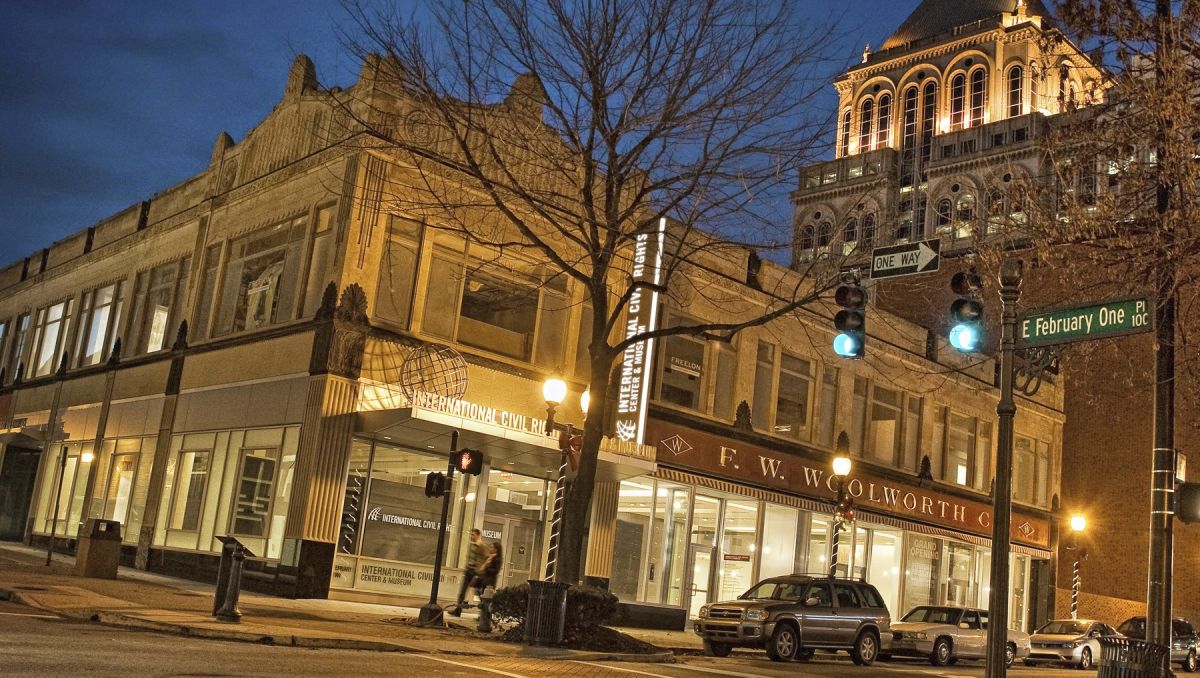[Day-Trip Ideas] Relive History At “Green Book” Legacy Sites In North Carolina
First published as The Negro Motorist Green Book by Victor H. Green in 1936, what came to be known simply as Green Book was a directory of hotels, restaurants, gas stations, and other establishments that African Americans could patronize safely during segregation. Over the years, more than 300 North Carolina businesses appeared in Green Book, some still standing – and a few still open – today. The North Carolina African American Heritage Commission’s Green Book Project documents and celebrates these businesses, the heart and soul of our state’s African American community. Take a day trip (or weekend excursion), relive history at actual Green Book sites, and visit other places rich in African American culture.
THE HISTORIC MAGNOLIA HOUSE
Original Green Book site in Greensboro
The Magnolia House is one of only four Green Book sites in North Carolina still in operation. Established in 1949, the Magnolia House Motel housed families visiting students at nearby historically Black colleges, as well as famous African Americans like Ray Charles, Tina Turner, Jackie Robinson, and James Baldwin. Six Green Book editions listed it as a highly recommended place to stay. Restorations finished in 2012 revived the Victorian building, which now hosts Wednesday and Thursday night suppers (think fish and grits), a Sunday jazz brunch, and events like concerts and yoga classes set to live jazz. Learn more.
INTERNATIONAL CIVIL RIGHTS CENTER AND MUSEUM
Greensboro
Housed in the Woolworth’s building that sparked a desegregation sit-in movement by four North Carolina A&T State University students in 1960, the museum offers exhibits and artifacts dedicated to civil rights. The year 2020 marks the museum’s 10th anniversary along with the 60th anniversary of the sit-in. Learn More
PAULI MURRAY HOUSE
Durham
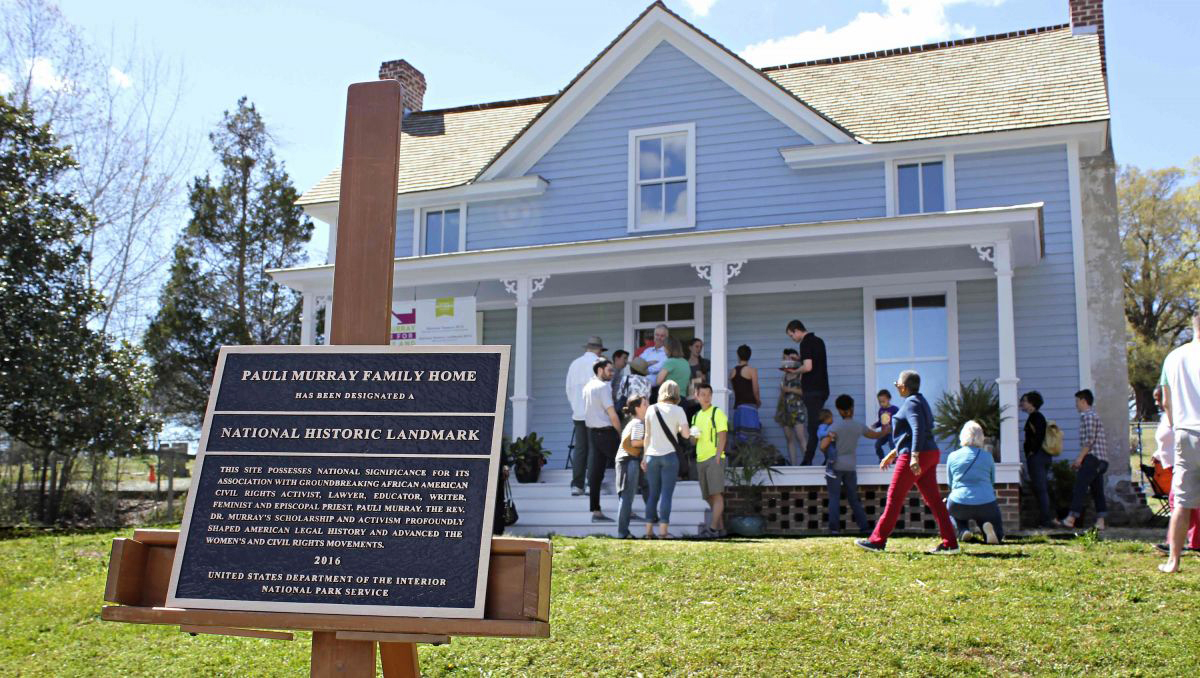
As an African American and women’s rights activist, lawyer, and the first female African American Episcopal priest and saint, Pauli Murray played an integral yet often overlooked role in the most significant movements of the 20th century. Murray spent her childhood years in Durham, where her family home was recently named a National Historic Landmark. The house is being turned into a center for history and social justice. Learn More.
HARVEY B. GANTT CENTER FOR AFRICAN AMERICAN ARTS + CULTURE
Charlotte
The naming of this facility, opened in 2009 in the heart of Uptown Charlotte, is in honor of Harvey Bernard Gantt, a well-respected community leader and businessman. He is a trailblazer as the first African-American student admitted to Clemson University and later served as Charlotte’s first African-American mayor. The 46,500 square-foot venue celebrates the art, history, and culture of African Americans and other people of the African diaspora through visual and literary arts, dance, music, film, educational programs, stage productions, and community outreach. Learn More.
ST. PHILIPS HERITAGE CENTER
Winston-Salem
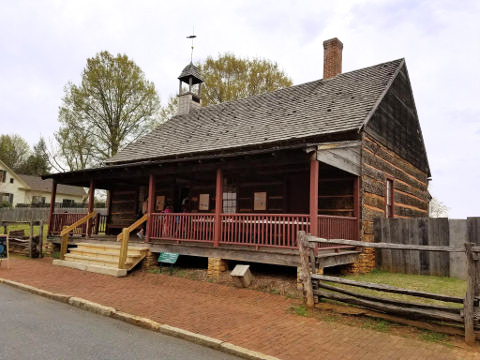

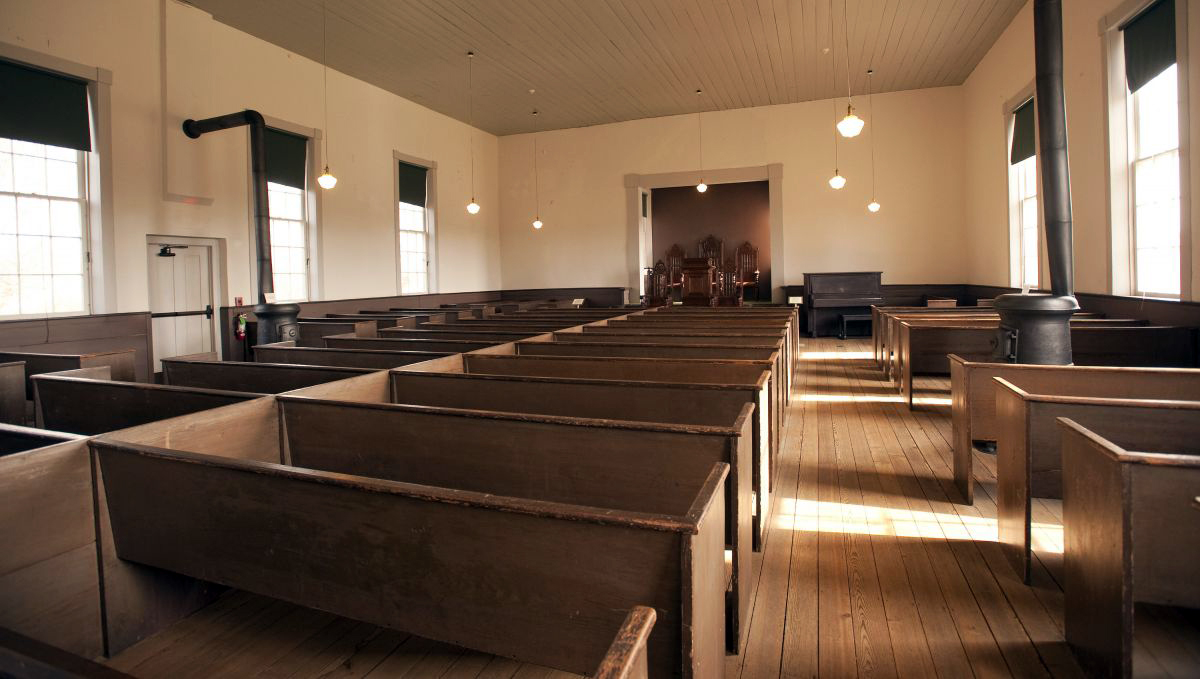
The center, which is part of the Old Salem Museums and Gardens complex, interprets the historic town of Salem. The St. Philips African-American Complex in Old Salem is a sacred place significant to the unusual and unique history of this community, and it is a touchstone of the African-American experience. The African and African-American Moravian congregation, organized in Salem in 1822 among a mostly enslaved population, is one of the oldest Black congregations in the United States. It is the only historic Moravian African-American congregation in the country. Consecrated December 15, 1861, St. Philips Moravian is the oldest African-American church standing in North Carolina. Freedom was announced in the church on May 21, 1865, by a Union Army cavalry chaplain. The center includes a rebuilt 1823 African Moravian log church, the 1861 St. Philips Moravian Church, which is still in use today. The St. Philips African-American Complex at the Old Salem Museum and Gardens also includes Strangers’ God’s Acre (1775-1815), Negro God’s Acre (1816-1859), and the Path to Happy Hill Overlook. Learn More.
THE BLOCK
Asheville

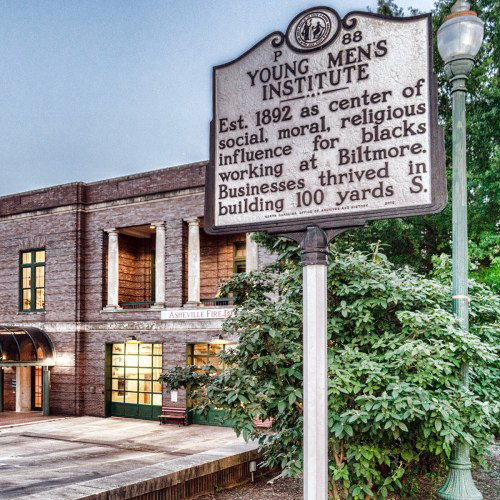
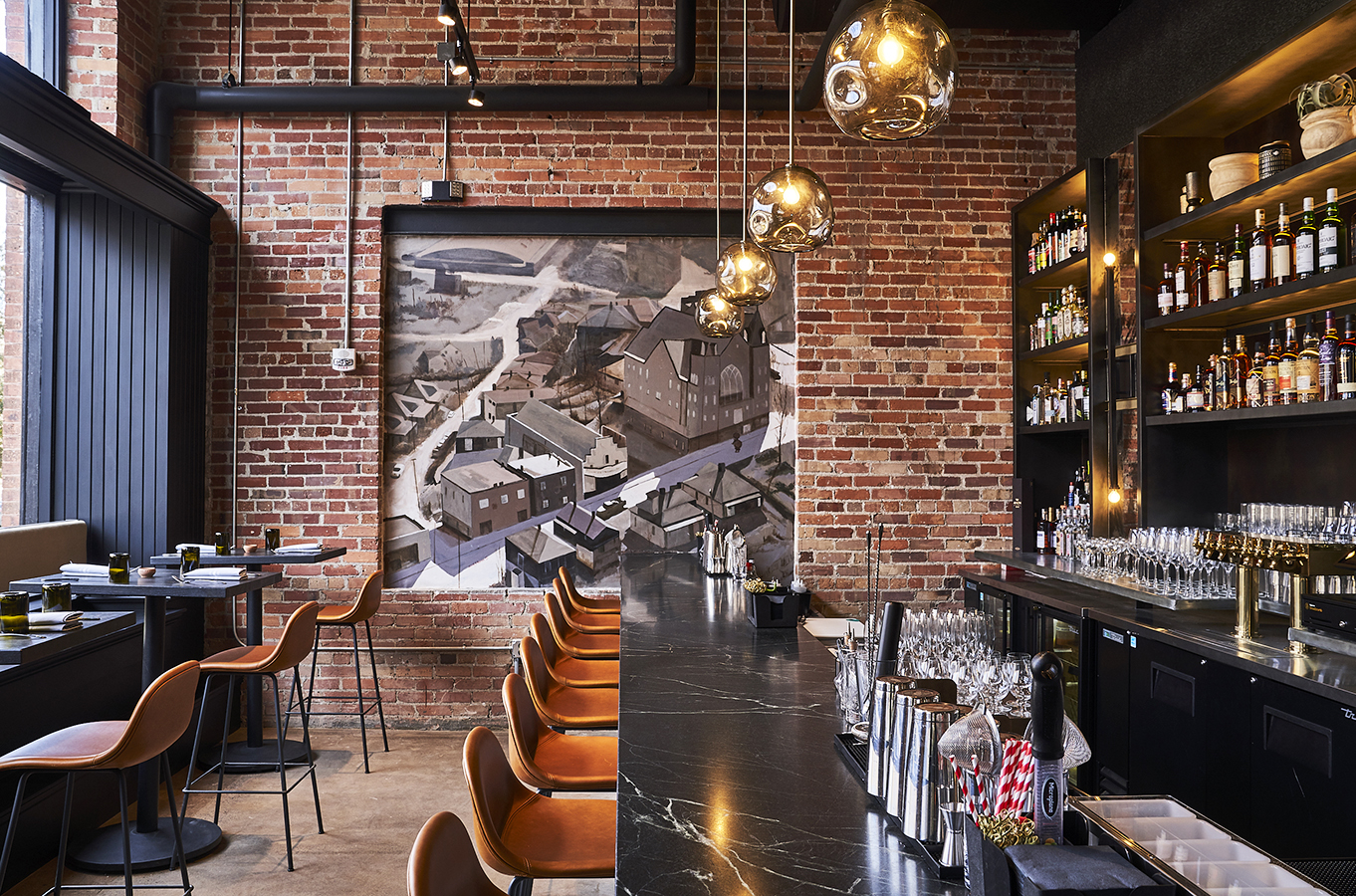
Asheville’s hub of African American enterprise in the late 19th and early 20th centuries was called The Block. Eagle Street in Asheville’s historic neighborhood included restaurants, schools, doctor’s offices, a library, a record store, a grocery store, hair salons, barbershops, a boarding house, and more. Serving as the heart of The Block’s thriving social scene, Eagle Street was home to an abundance of gathering spots for food, drink, live music, and entertainment. The DelCardo Club and the Kitty Cat Club were some of the area’s most vibrant venues in the 1960s and 1970s and helped make Asheville a favorite stop for both James Brown and Percy Sledge. The YMI (Young Men’s Institute) Cultural Center of Asheville has been a mainstay on The Block since 1893. Today, tour company Hood Huggers International offers visits to key sites and long-standing African American-owned businesses such as Benne on Eagle, dishing soul food and history. Learn More.
HISTORIC JARVISBURG COLORED SCHOOL MUSEUM
Jarvisburg
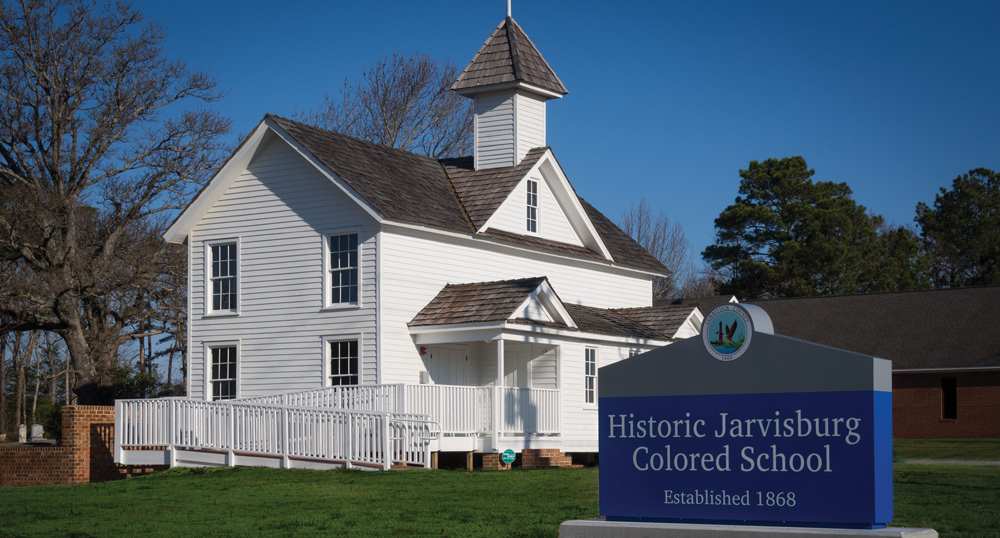
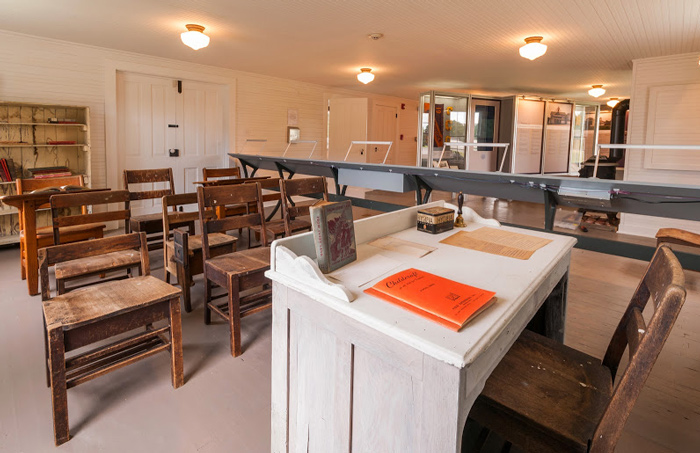
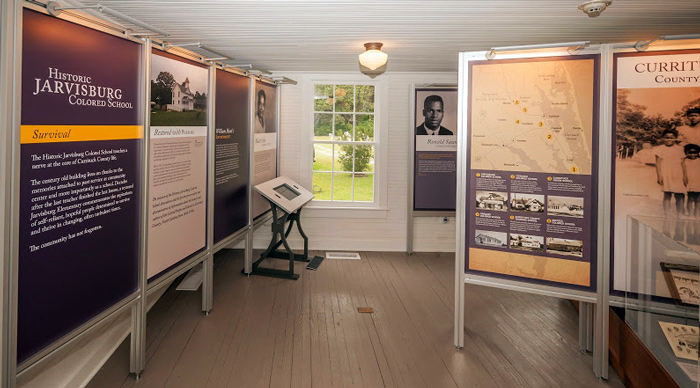
Historic Jarvisburg Colored School is a point of interest on the new African American Experience of Northeast North Carolina heritage tour. From 1868 until the 1950s, the school was one of few in the county to educate African American children. Today, the living history museum features exhibits with testimonies from former students. This self-guided, digital heritage trail includes more than 30 outdoor interpretive signs and monuments, parks, waterways, and museums. Take a powerful and inspiring road trip and explore the sites and stories that celebrate the contributions of African Americans and their significance in the cultural heritage of northeast North Carolina. Tours are available Wednesdays, Thursdays, and Saturdays. Learn More.
Most of the North Carolina sites once listed in Green Book have disappeared into history, but you can see many of the businesses in their heyday, thanks to an online image archive. Discover more historically rich attractions in The Official 2021 North Carolina Travel Guide.


